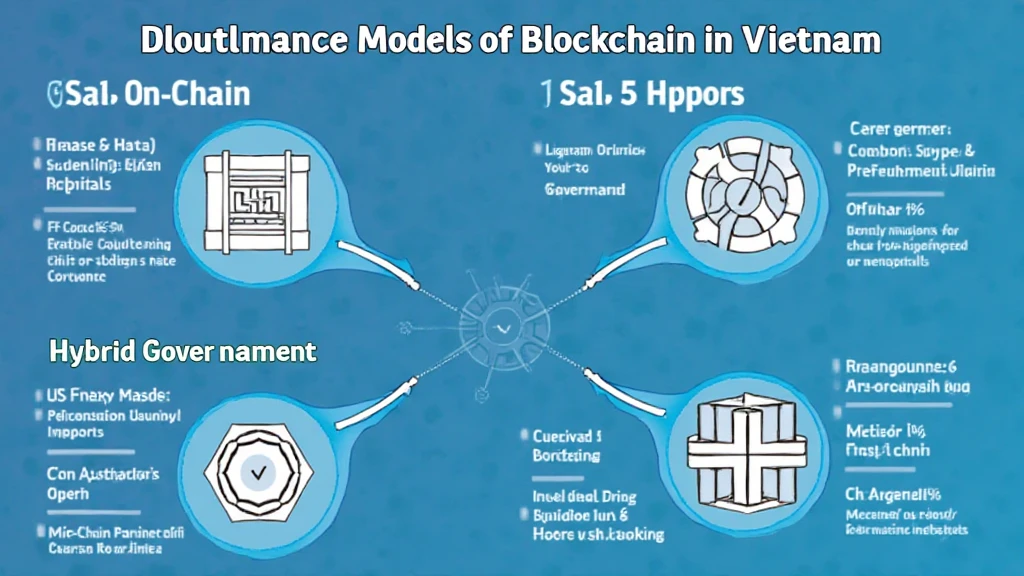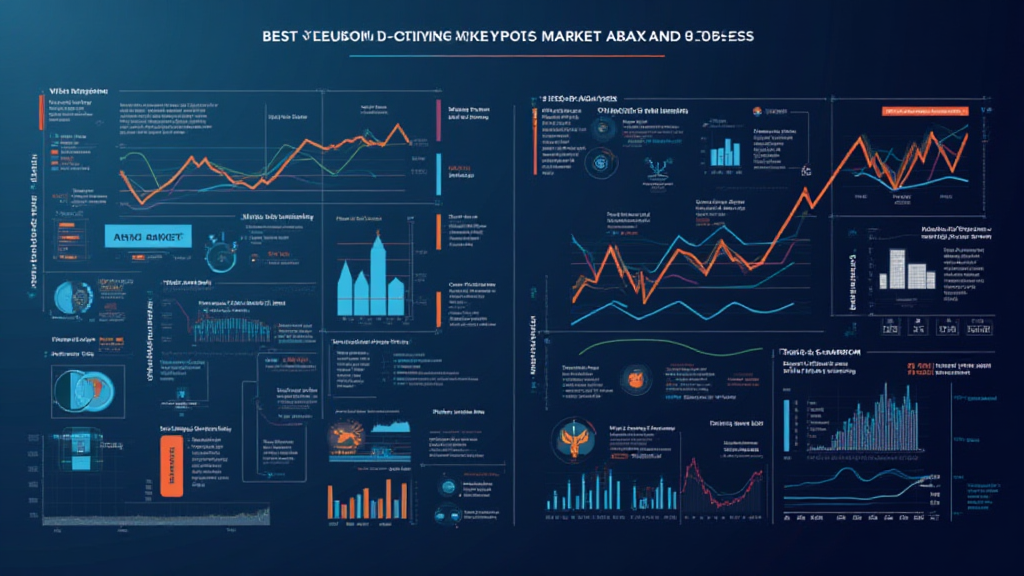2025 Blockchain Governance Models in Vietnam: An In-Depth Look
2025 Blockchain Governance Models in Vietnam: An In-Depth Look
With the rapid evolution of blockchain technology, countries worldwide are developing models to govern this digital revolution. Vietnam is no exception, as it embraces blockchain to enhance governance, transparency, and efficiency in various sectors. The total market capitalization of cryptocurrencies exceeded $3 trillion in 2024, indicating an urgent need for effective governance. This article dives into the governance tech models that are shaping Vietnam’s blockchain landscape and what this means for investors and stakeholders.
The Importance of Governance in Blockchain
Governance in blockchain serves as the guiding framework that dictates how decisions are made and how protocols evolve. Just like how a constitution provides rules for a country, effective governance models establish rules for blockchain networks. Poor governance can lead to vulnerabilities, which can be detrimental — an alarming $4.1 billion was lost to DeFi hacks in 2024 alone. Thus, establishing robust governance frameworks is crucial.
Why Vietnam? A Case Study
Vietnam’s cryptocurrency user growth rate surged by 37% in 2023, positioning the nation as one of the fastest-growing digital asset markets in Southeast Asia. As noted, Vietnamese investors, especially younger generations, are keen adopters of emerging technologies. Therefore, government and businesses must respond with governance models tailored for this digital ecosystem.

Exploring Governance Tech Models
Governance tech models provide a blueprint for effectively managing blockchain networks. They vary widely based on the objectives and the stakeholders involved. Here, we classify some emerging governance models relevant to Vietnam.
1. On-Chain Governance
On-chain governance systems allow stakeholders to participate directly in the decision-making processes through voting mechanisms. This model can enhance transparency and trust. A prime example is Tezos, which allows token holders to vote on protocol upgrades. This improves responsiveness to community needs.
2. Off-Chain Governance
Off-chain governance involves discussions and decisions taking place outside the blockchain network, often in forums or social media. This method can leverage broader input and consensus but risks centralization. Ethereum’s governance community often exemplifies this model.
3. Hybrid Governance
This model aims to combine the advantages of both on-chain and off-chain governance processes. By maintaining a democratic approach while allowing for efficient decision-making, hybrid models can appeal to diverse stakeholders and are particularly advantageous in dynamic environments. Projects like Decred utilize hybrid governance effectively.
Real World Application: HIBT Vietnam
HIBT (Hanoi Institute of Blockchain Technologies) is at the forefront of introducing blockchain governance models in Vietnam. Their research indicates that implementing decentralized governance can reduce transaction costs and improve access to blockchain services across the country. As mentioned on HIBT’s website, their initiatives aim to promote policy recommendations that suit the local context.
Assessing the Efficacy of Blockchain Governance Models
Evaluating governance frameworks requires a comprehensive analysis of their strengths and weaknesses. Here’s a breakdown of factors to consider:
- Stakeholder Participation: Models that ensure all voices are heard are more likely to gain acceptance.
- Transparency: The clarity of the processes must be visible to all participants to foster trust.
- Adaptability: The governance model should evolve with technological advancements and user needs.
Insights from Vietnam’s Blockchain Landscape
Recent trends in Vietnam show a growing interest in decentralized finance (DeFi), prompting local governments to explore regulations tailored to crypto markets. Notably, a 2025 report by Chainalysis projects that Vietnam’s crypto user base could reach 30 million, driven by innovation and new governance models.
Challenges Ahead
Despite the promising developments, several challenges loom:
- Regulatory Uncertainty: Frameworks are still in flux, which can stifle innovation.
- Education and Awareness: There is a general need for more education surrounding blockchain governance.
- Security Risks: Governance models must prioritize security to protect against hacks.
Conclusion
In conclusion, the evolution of governance tech models within Vietnam’s blockchain context is pivotal for the future of its digital asset landscape. As the country continues to grow as a hub for blockchain innovation, models like HIBT Vietnam’s hybrid approach could provide valuable frameworks for stakeholders. By focusing on adaptability, transparency, and security, these governance models can empower Vietnam to thrive in the digital economy.
As you navigate the complexities of blockchain governance, remember to stay informed and engaged. The future is bright, but it ultimately depends on how effectively we can manage and govern these innovative technologies.
For more insights into the evolving landscape of cryptocurrency in Vietnam, check out Techcryptodigest.
Written by Dr. Anna Nguyen, a blockchain technology expert with over 15 published papers and crucial experience auditing major crypto projects in Southeast Asia.





